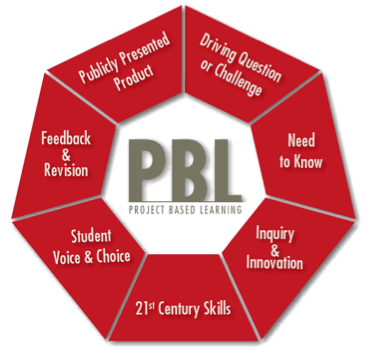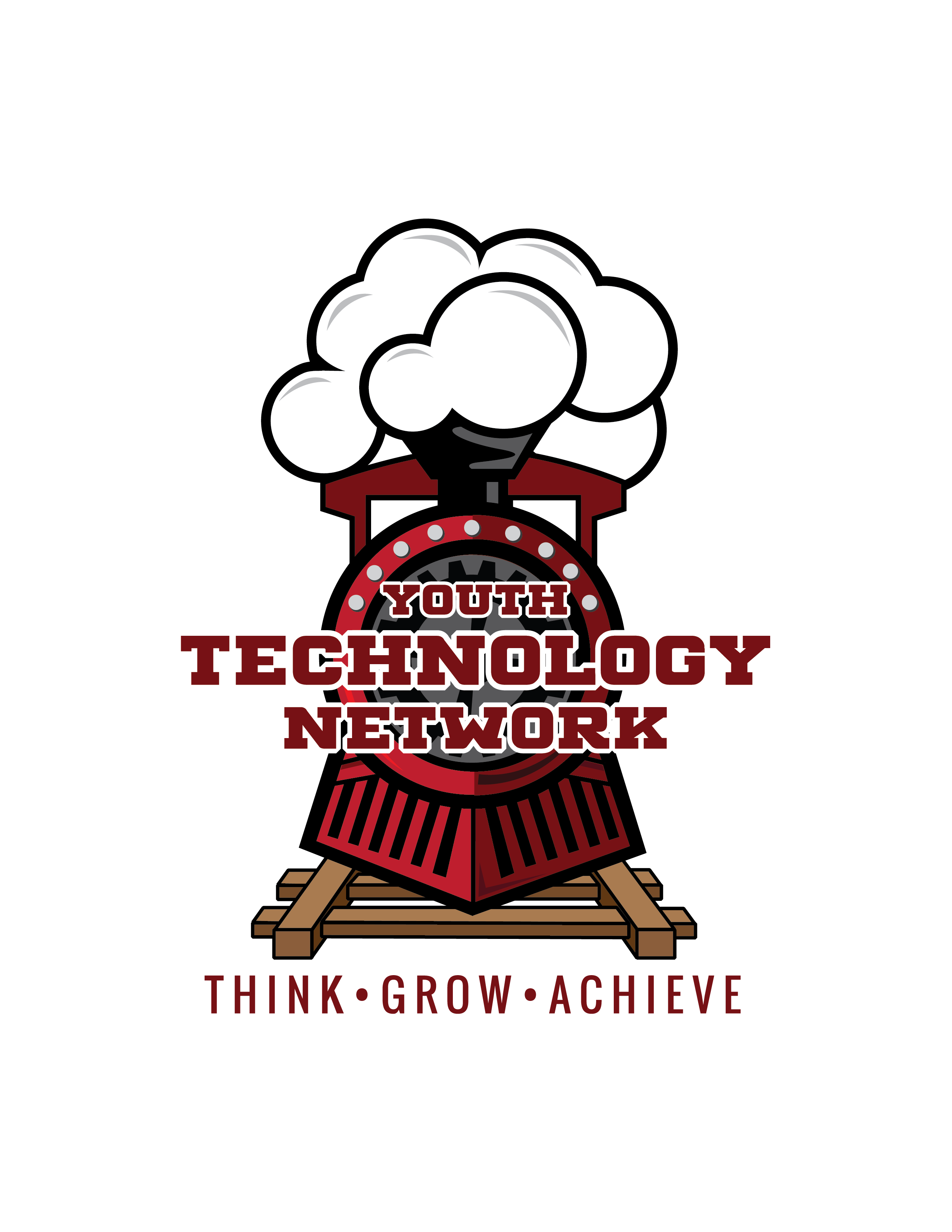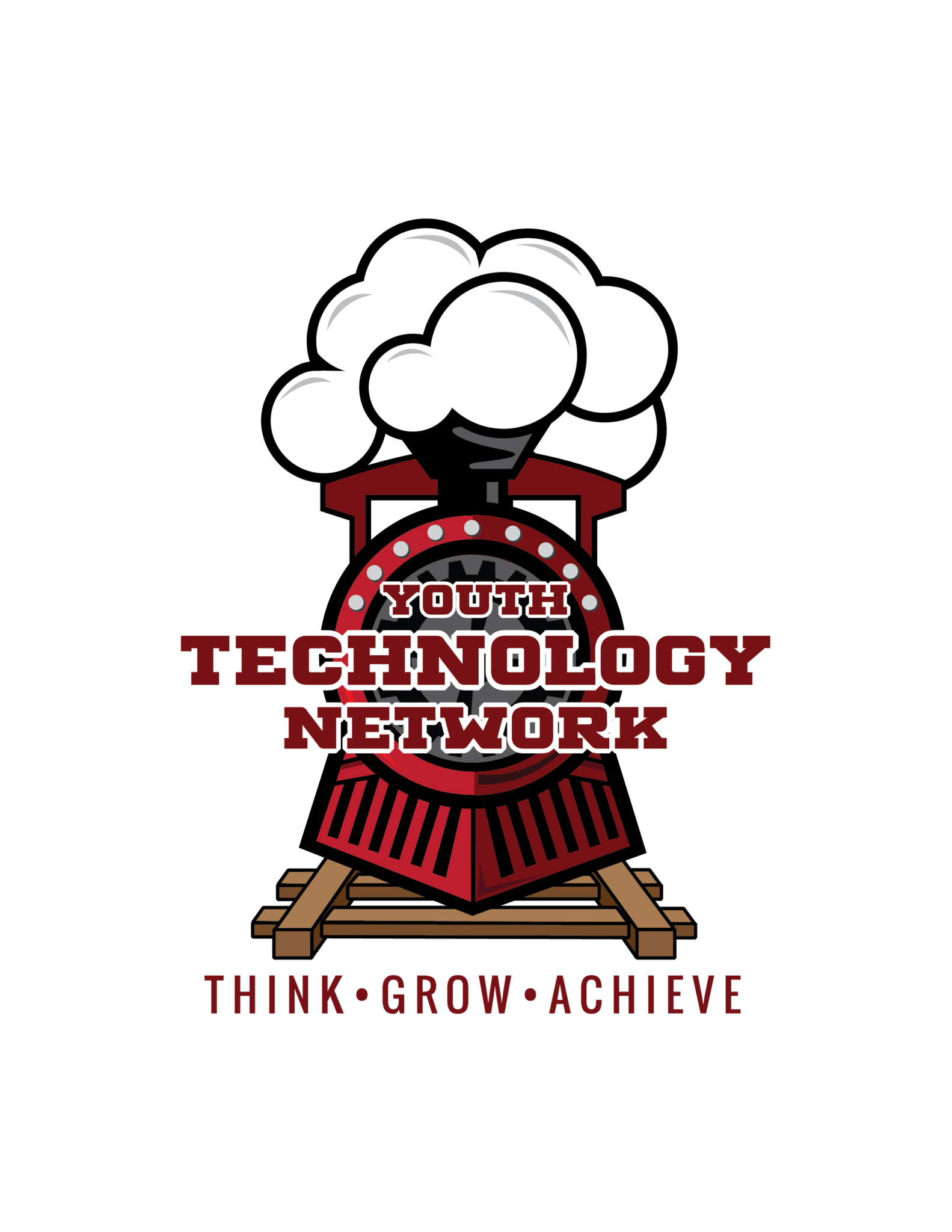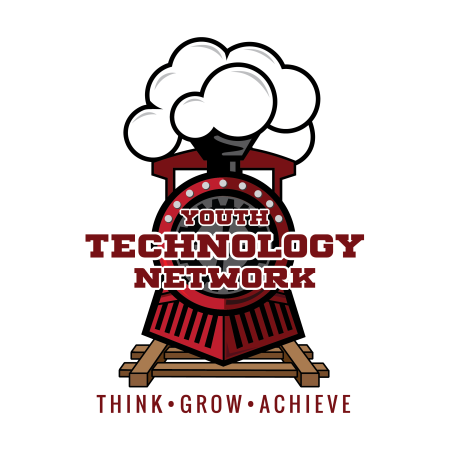Our Approach
Project-Based Learning

PBL is an instructional practice focused on engaging students with real-world and inter-disciplinary problems to solve. It is student-based and develops skills such as constructive exploration, goal setting, collaboration, communication, and reflection. PBL is proven to build skills students need to succeed in college and prepare for a career, these include critical thinking, communication, collaboration, and creativity, also known as the Four Cs of 21st-century learning. The real-world applications of project-based learning are endless for students and can contribute to their success in college, career, and life. PBL can be the launchpad for students to grow as learners and become enthusiastic about finding creative solutions to improve our world.
Project-Based Learning

PBL is an instructional practice focused on engaging students with real-world and inter-disciplinary problems to solve. It is student-based and develops skills such as constructive exploration, goal setting, collaboration, communication, and reflection. PBL is proven to build skills students need to succeed in college and prepare for a career, these include critical thinking, communication, collaboration, and creativity, also known as the Four Cs of 21st-century learning. The real-world applications of project-based learning are endless for students and can contribute to their success in college, career, and life. PBL can be the launchpad for students to grow as learners and become enthusiastic about finding creative solutions to improve our world.
Project-Based Learning

PBL is an instructional practice focused on engaging students with real-world and inter-disciplinary problems to solve. It is student-based and develops skills such as constructive exploration, goal setting, collaboration, communication, and reflection. PBL is proven to build skills students need to succeed in college and prepare for a career, these include critical thinking, communication, collaboration, and creativity, also known as the Four Cs of 21st-century learning. The real-world applications of project-based learning are endless for students and can contribute to their success in college, career, and life. PBL can be the launchpad for students to grow as learners and become enthusiastic about finding creative solutions to improve our world.
Augmented Reality/Virtual Reality

AR/VR provides almost-real experiences of theoretical instruction that students receive. It is interactive and engaging with models in virtual spaces that puts the student in the driver’s seat and helps to increase their interest in and understanding of sometimes hard-to-conceptualize STEM subject matter. Engagement leads to curiosity and wonder and many students report researching topics in more depth after experiencing lessons in AR/VR. These interactive experiences spark an interest in learning unlike what is available through a lecture or textbook. AR/VR promotes experiential learning, or learning by doing, by using virtual models to allow students to learn from mistakes and recover quickly without the expense or stress of restarting an actual experiment. Interacting in a virtual setting allows and challenges students to think critically and ask “what if” questions and then develop informed theories that lead to accurate conclusions. AR/VR strengthens soft skills as it allows students to participate in cultural experiences or simulations that foster empathy and positive attitudes towards diverse groups of people or situations. AR/VR experiences can reveal different career opportunities and help students discover their passions—giving them a jump start on choosing an educational and/or career path.
Augmented Reality/Virtual Reality

AR/VR provides almost-real experiences of theoretical instruction that students receive. It is interactive and engaging with models in virtual spaces that puts the student in the driver’s seat and helps to increase their interest in and understanding of sometimes hard-to-conceptualize STEM subject matter. Engagement leads to curiosity and wonder and many students report researching topics in more depth after experiencing lessons in AR/VR. These interactive experiences spark an interest in learning unlike what is available through a lecture or textbook. AR/VR promotes experiential learning, or learning by doing, by using virtual models to allow students to learn from mistakes and recover quickly without the expense or stress of restarting an actual experiment. Interacting in a virtual setting allows and challenges students to think critically and ask “what if” questions and then develop informed theories that lead to accurate conclusions. AR/VR strengthens soft skills as it allows students to participate in cultural experiences or simulations that foster empathy and positive attitudes towards diverse groups of people or situations. AR/VR experiences can reveal different career opportunities and help students discover their passions—giving them a jump start on choosing an educational and/or career path.
Engineering Design Process

EDP is a common series of steps that engineers use in creating functional products and processes. In the context of STEM education—EDP is a systematic, orderly, open-ended way of approaching problems and designing solutions for those problems. As students work through this process, they learn to consider criteria, constraints, and tradeoffs to reach optimal solutions. Like project-based learning, EDP is student- and project-based. The effectiveness of EDP in implementing K-12 STEM enrichment is that through the process students work in productive teams and use: teamwork behaviors, process-oriented approaches, curiosity, innovation, and creativity to produce solutions. They develop and hone skills they will need to become problem-solvers, lifelong learners, and valued employees.
Engineering Design Process

EDP is a common series of steps that engineers use in creating functional products and processes. In the context of STEM education—EDP is a systematic, orderly, open-ended way of approaching problems and designing solutions for those problems. As students work through this process, they learn to consider criteria, constraints, and tradeoffs to reach optimal solutions. Like project-based learning, EDP is student- and project-based. The effectiveness of EDP in implementing K-12 STEM enrichment is that through the process students work in productive teams and use: teamwork behaviors, process-oriented approaches, curiosity, innovation, and creativity to produce solutions. They develop and hone skills they will need to become problem-solvers, lifelong learners, and valued employees.



